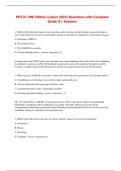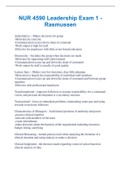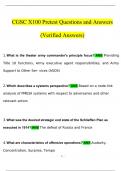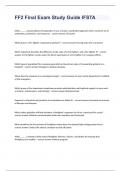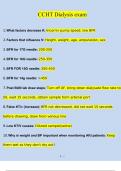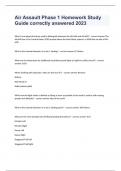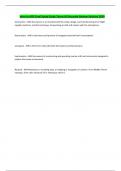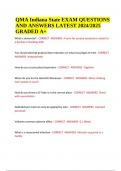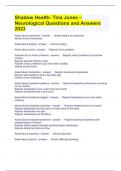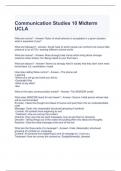Exam (elaborations)
PHTLS 10th Edition (Latest 2024) Questions with Complete Grade A+ Answers
- Course
- Institution
Which of the following is the basis on which a patient's chance of survival is maximized? A. Preferences B. Phases C. Principles D. Transport - Answer- Question 3: C The science of medicine provides the principles of medical care. Simply stated, principles define the duties required of the p...
[Show more]
